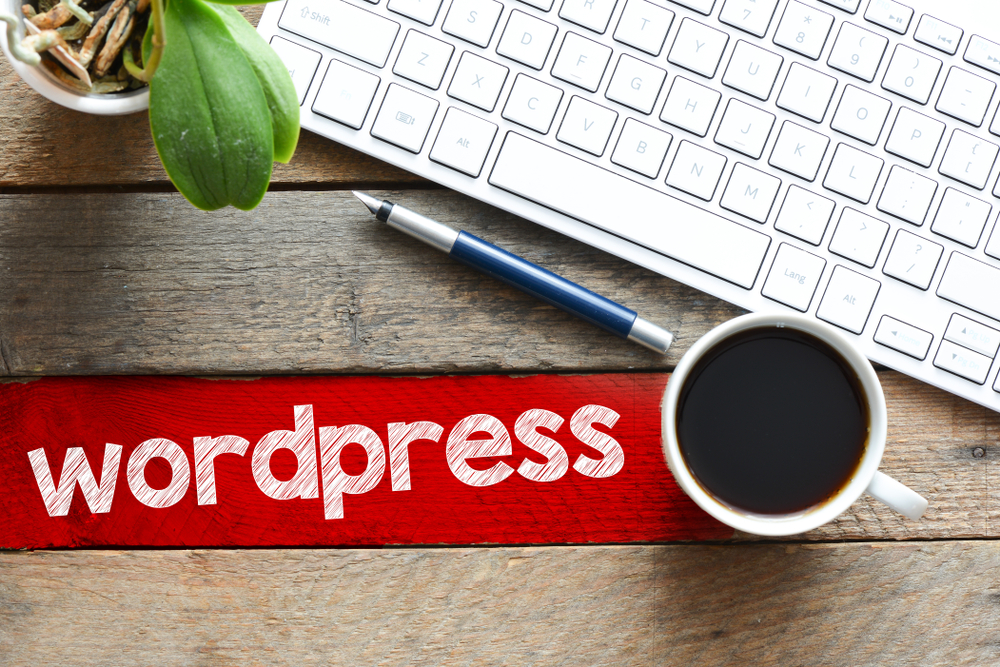
WordPress is the most popular content management system (CMS) used by millions of websites around the world. It offers a user-friendly interface, extensive customization options, and a wide range of plugins and themes. Whether you're a beginner or an experienced user, mastering WordPress can enhance your website's functionality and appearance. In this article, we'll explore essential tips and tricks for customizing and maintaining your WordPress (or WP) website.
1. Choosing the Right Theme
A visually appealing and responsive theme sets the foundation for your website. WordPress (WP) offers thousands of free and premium themes, allowing you to find a design that suits your brand or niche. When selecting a theme, consider its compatibility with different browsers and devices, its loading speed, and the support provided by the theme developer. Install a few demo themes and preview them to see if they meet your requirements before making a final decision.
Furthermore, ensure the theme is regularly updated to maintain compatibility with WordPress (the blogging platform) updates. Outdated themes can lead to security vulnerabilities and compatibility issues with plugins.
2. Installing Essential Plugins
Plugins are the backbone of WordPress (the platform for bloggers) , providing additional functionality and features. To enhance your website's performance, security, and SEO, consider installing the following essential plugins:
SEO Plugin:
WordPress SEO plugins like Yoast or All in One SEO Pack help optimize your website's visibility on search engines. They provide features like XML sitemap generation, meta tag optimization, and content analysis to improve your website's ranking in search engine results.
Security Plugin:
WordPress security plugins like Wordfence or Sucuri protect your website from hacking attempts, malware, and other cyber threats. They offer features like real-time malware scanning, firewall protection, and login security measures.
Caching Plugin:
Caching plugins such as WP Rocket or W3 Total Cache enhance your website's loading speed by storing a cached version of your web pages. This reduces server load and improves the overall user experience.
3. Customizing Your Website
Customizing your WordPress website allows you to make it unique and align it with your brand. Here are some essential tips for customization:
Customizing the Appearance:
Use the WordPress Customizer to make changes to your website's appearance, including colors, fonts, headers, and footers. Additionally, consider using CSS code to further customize elements such as buttons or navigation menus.
Modifying the Header and Footer:
To add custom content or scripts to the header or footer of your website, use plugins like Insert Headers and Footers. This allows you to integrate third-party services or add tracking codes without editing the theme files directly.
Creating Custom Page Templates:
If you have specific design requirements for different types of pages, create custom page templates. This allows you to have unique layouts, sidebars, or functionality for certain pages while maintaining consistency throughout your website.
4. Regularly Updating WordPress, Themes, and Plugins
WordPress regularly releases updates to fix bugs, improve security, and introduce new features. It is essential to update your WordPress installation, themes, and plugins to ensure compatibility and maintain a secure website. Most updates can be done with a single click from your WordPress dashboard. However, it's advisable to perform a backup before updating, as sometimes updates can cause conflicts with specific themes or plugins.
5. Optimizing Website Performance
A fast-loading website not only improves user experience but also positively impacts SEO rankings. Implement the following tips to optimize your website's performance:
Image Optimization:
Use image optimization plugins like Smush or EWWW Image Optimizer to compress and optimize your images without compromising quality. Large-sized images can significantly slow down your website.
Minify CSS and JavaScript:
Minify CSS and JavaScript files to reduce their file sizes and improve loading time. You can use plugins like Autoptimize or W3 Total Cache to easily achieve this.
Enable Browser Caching:
Implement browser caching by adding code to your .htaccess file or using caching plugins. Browser caching stores static files on the user's device, reducing server requests and improving loading speed for returning visitors.
Frequently Asked Questions
1. How do I install a WordPress theme?
To install a WordPress theme, log in to your WordPress dashboard, go to "Appearance" and click on "Themes." From there, you can either upload a theme file or search and install themes available in the WordPress repository.
2. What should I do if a plugin is causing issues with my website?
If a plugin is causing conflicts or issues with your website, you can try deactivating the plugin to see if the problem resolves. If the issue persists, reach out to the plugin's support forum or seek help from a WordPress developer.
3. How often should I update WordPress, themes, and plugins?
It is recommended to update WordPress, themes, and plugins as soon as updates become available. Regular updates ensure that your website remains secure and compatible with the latest versions of WordPress.
4. Is it necessary to have a security plugin?
While WordPress itself is secure, having a security plugin adds an extra layer of protection to your website. It helps detect and prevent hacking attempts, blocks malicious IPs, and provides other security measures to safeguard your website.
5. Can I modify my WordPress website's code?
Yes, you can modify your WordPress website's code. However, it is advisable to create a child theme to make changes, as modifying the original theme's files can lead to compatibility issues during future updates.
Mastering WordPress allows you to take full control of your website and create a unique online presence. By selecting the right theme, installing essential plugins, and customizing your website, you can create a visually appealing and highly functional site. Regular updates and optimization techniques ensure the continued performance and security of your WordPress website. With the tips and tricks shared in this article, you're well on your way to becoming a WordPress expert.
Other useful resources
- https://en.wikipedia.org/wiki/WordPress
- https://www.wordpress24plus.com/wordpress-tools-directory/